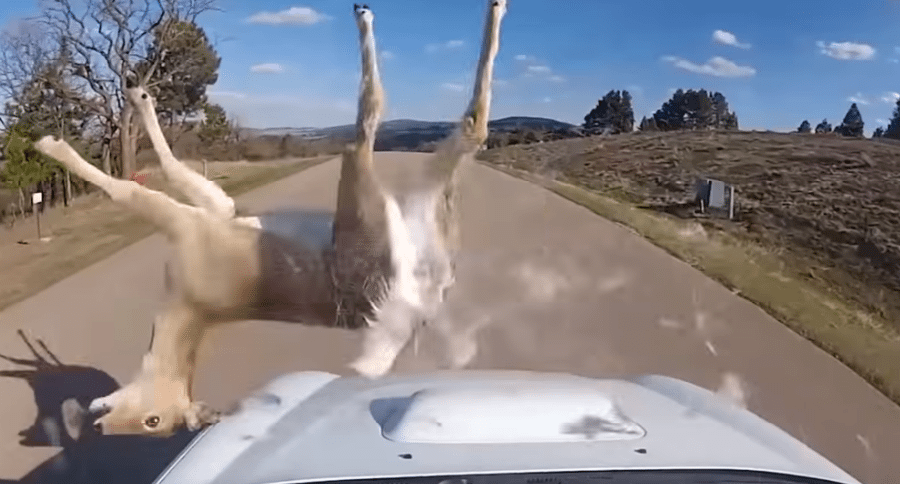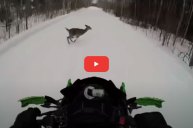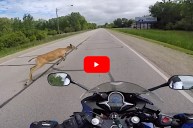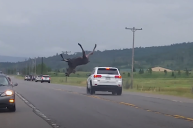Every year there are millions of collisions involving drivers and wildlife. In most cases, things end badly for both parties.
Collisions of animals and vehicles occur at extremely high rates. In America alone, around a million deer-car collisions occur every year, resulting in around 200 human deaths and more than $1 billion in property damage each year. And of course, many animals are killed in these incidents.
Add to that all of the animal-car collisions that happen in other countries (for example, around 220,000 such collisions occur in Germany annually), and the number is astronomical.
Here's a brief compilation of a few animals that fell victim to auto collisions. Some are instigated by the animals themselves, but most are simply happenstance meetings of car and animal.
https://youtu.be/HAEicGMECEw
Every state has very high numbers of accidents involving vehicles and animals. Michigan alone has more than 45,000 animal-car collisions every year.
I live in northern Wisconsin, and not a day goes by that I don't count at least a handful of deer and other critters on the sides of roads or the debris from broken automobiles.
AAA has a few suggestions to help reduce animal-vehicle collisions:
Scan the road and shoulders ahead of you. Looking ahead helps provide enough reaction time if an animal is spotted. Also, remember some animals move in groups, so when there is one, there are usually more in the area.
Use high-beam headlights if there's no oncoming traffic. Wildlife may be spotted sooner when using high beams. This will give the driver time to slow down, move over or honk the horn to scare the animal away. High beams also help in spotting some animals' reflective eyes.
If a collision is unavoidable, apply the brakes firmly and remain in your lane. Swerving to avoid an animal can often cause a more serious crash or result in drivers losing control of vehicles.
Be extra cautious at dawn and dusk. Most animals, especially deer, tend to be more active early in the morning and at dusk.
Slow down and use extra caution when traveling through areas with a high and active wildlife population. Be aware of increased wildlife movement in some regions during certain times of year, such as hunting or mating season.
Drivers should always wear a seatbelt and remain awake, alert and sober.
And please, don't text and drive. That's a guaranteed recipe for disaster.
Like what you see here? You can read more great articles by David Smith at his Facebook page, Stumpjack Outdoors.
NEXT: Investigation Reveals Tragic Story of Montana Forest Officer's Death
WATCH




